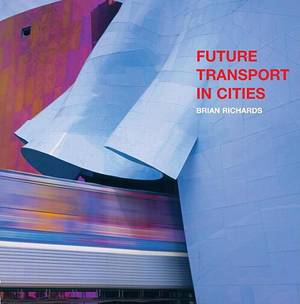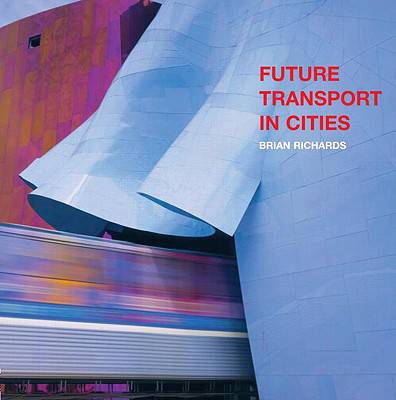
- Afhalen na 1 uur in een winkel met voorraad
- Gratis thuislevering in België vanaf € 30
- Ruim aanbod met 7 miljoen producten
- Afhalen na 1 uur in een winkel met voorraad
- Gratis thuislevering in België vanaf € 30
- Ruim aanbod met 7 miljoen producten
Zoeken
Omschrijving
Cities around the world are being wrecked by the ever-increasing burden of traffic. A significant part of the problem is the enduring popularity of the private car - still an attractive and convenient option to many, who turn a blind eye to the environmental and public health impact. Public transport has always seemed to take second place to the car, and yet alternative ways of moving around cities are possible. Measures to improve public transport, as well as initiatives to encourage walking and cycling, have been introduced in many large cities to decrease car use, or at least persuade people to use their cars in different ways. This book explores many of the measures being tried. It takes the best examples from around the world, and illustrates the work of those architects and urban planners who have produced some of the most significant models of "transport architecture" and city planning. The book examines the ways in which new systems are evolving, and how these are being integrated into the urban environment. It suggests a future where it could be mandatory to provide systems of horizontal movement within large-scale development, using the analogy of the lift, upon which every high-rise building depends. In so doing, future cities could evolve without dependence on the private car.
Specificaties
Betrokkenen
- Auteur(s):
- Uitgeverij:
Inhoud
- Aantal bladzijden:
- 176
- Taal:
- Engels
Eigenschappen
- Productcode (EAN):
- 9780415261418
- Verschijningsdatum:
- 25/10/2001
- Uitvoering:
- Hardcover
- Formaat:
- Genaaid
- Afmetingen:
- 213 mm x 216 mm
- Gewicht:
- 603 g

Alleen bij Standaard Boekhandel
+ 432 punten op je klantenkaart van Standaard Boekhandel
Beoordelingen
We publiceren alleen reviews die voldoen aan de voorwaarden voor reviews. Bekijk onze voorwaarden voor reviews.











